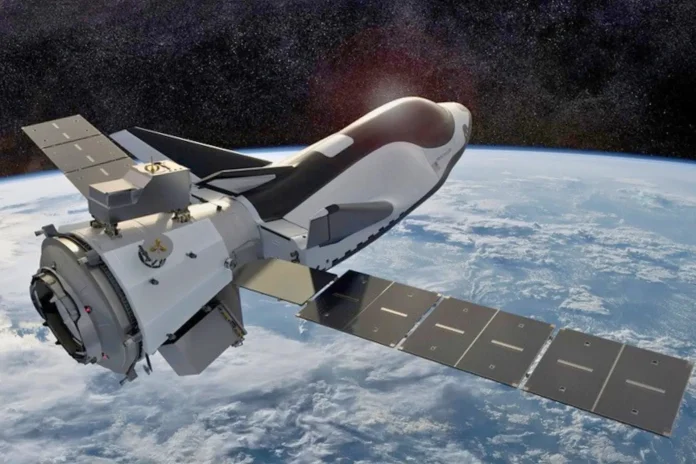NASA is ready to conduct extensive testing on Sierra Space’s Dream Chaser spaceplane – a reusable lifting-body spaceplane under development – making it the world’s first commercial spaceplane designed for orbital flight. The step signifies NASA’s exploration of alternatives to SpaceX for resupplying the International Space Station (ISS).
Testing the Limits of Tenacity
Sierra Space’s Dream Chaser, Tenacity, will undergo an intense testing phase at a NASA facility in Ohio. Over the next one to three months, the spaceplane will undergo a series of tests conducted by NASA engineers and government and contractor teams, thoroughly including vibration, acoustic, and temperature assessments. These careful evaluations are essential to ensure Tenacity’s resilience in the demanding conditions of a rocket launch, a crucial requirement for its planned mission to resupply the ISS in 2024
Dream Chaser Spaceplane Unique Features
Dream Chaser spaceplane has a unique and innovative design, with foldable wings, allowing it to fit neatly within a rocket’s payload. The spaceplane is set to make its inaugural journey in April aboard the United Launch Alliance’s Vulcan rocket. With an unconventional landing strategy to avoid traditional splashdowns, Tenacity is expected to smoothly land down on a commercial runway, providing an easy return for cargo and dodging the challenges posed by the ocean dive.
Cargo Capacity and Future Aspirations
Dream Chaser’s vast cargo capacity is capable of transporting up to 12,000 pounds to the ISS and approximately 4,000 pounds on the return journey. Sierra Space visualizes a future where the Dream Chaser plays an important role in transporting humans to Low Earth Orbit, broadening the horizons and creating a new era in space exploration.
Challenges Faced by Dream Chaser
Initially set to launch in 2019, Dream Chaser unfortunately faced unforeseen delays and further disruption because of the COVID-19 pandemic when everything shut down. In the meantime, Sierra Space made adjustments to its products, including bringing more construction work in-house. Hence, these little but significant improvements have now set the spaceplane to its groundbreaking mission to the ISS in 2024, which is said to soon become a competitor with SpaceX’s rockets.
NASA’s continuous interest in spaceplanes has been ongoing for decades, and the Dream Chaser spaceplane’s advanced design has appeared as a visionary pursuit. While companies like Virgin Galactic focus on suborbital operations, Sierra Space aims higher, showcasing the immense potential of spaceplanes in advancing the frontiers of space exploration.



